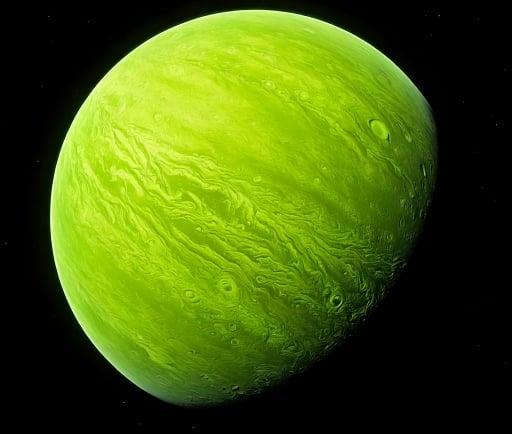PH1B: The Extrasolar Planet in the Kepler-64 System


Introduction to PH1B
PH1B is an extrasolar planet that captivates astronomers and space enthusiasts alike. Discovered within the unique quadruple star system known as Kepler-64, this planet presents a fascinating case study for researchers keen on understanding the variations and complexities of planetary systems beyond our own.
Characteristics of PH1B
PH1B orbits two main stars of the Kepler-64 system, showcasing a remarkable gravitational balance. The planet exhibits a range of intriguing characteristics, including its size, which is approximately 1.7 times that of Earth, and its orbital period, completing a revolution around its stars roughly every 138 days. The existence of such a planet in a quadruple star system highlights the diversity of planetary formation and the dynamic processes that govern them.
The Significance of the Kepler-64 System
Studying PH1B within the context of its host system, Kepler-64, allows scientists to gain insights into the influences of multiple stellar bodies on planetary formation and stability. The Kepler-64 system, distinguished by its two pairings of stars, provides a rare opportunity to explore conditions that may be conducive to life and habitability. Although PH1B is located approximately 1,800 light years away from Earth, understanding its environment contributes vital information to the broader search for habitable worlds.
In conclusion, PH1B represents not just an exciting discovery in its own right, but also a significant step forward in our quest to understand the complexities of planetary systems. The exploration of extrasolar planets like PH1B underscores the importance of astronomy in expanding our knowledge of the universe and the potential for life elsewhere.
